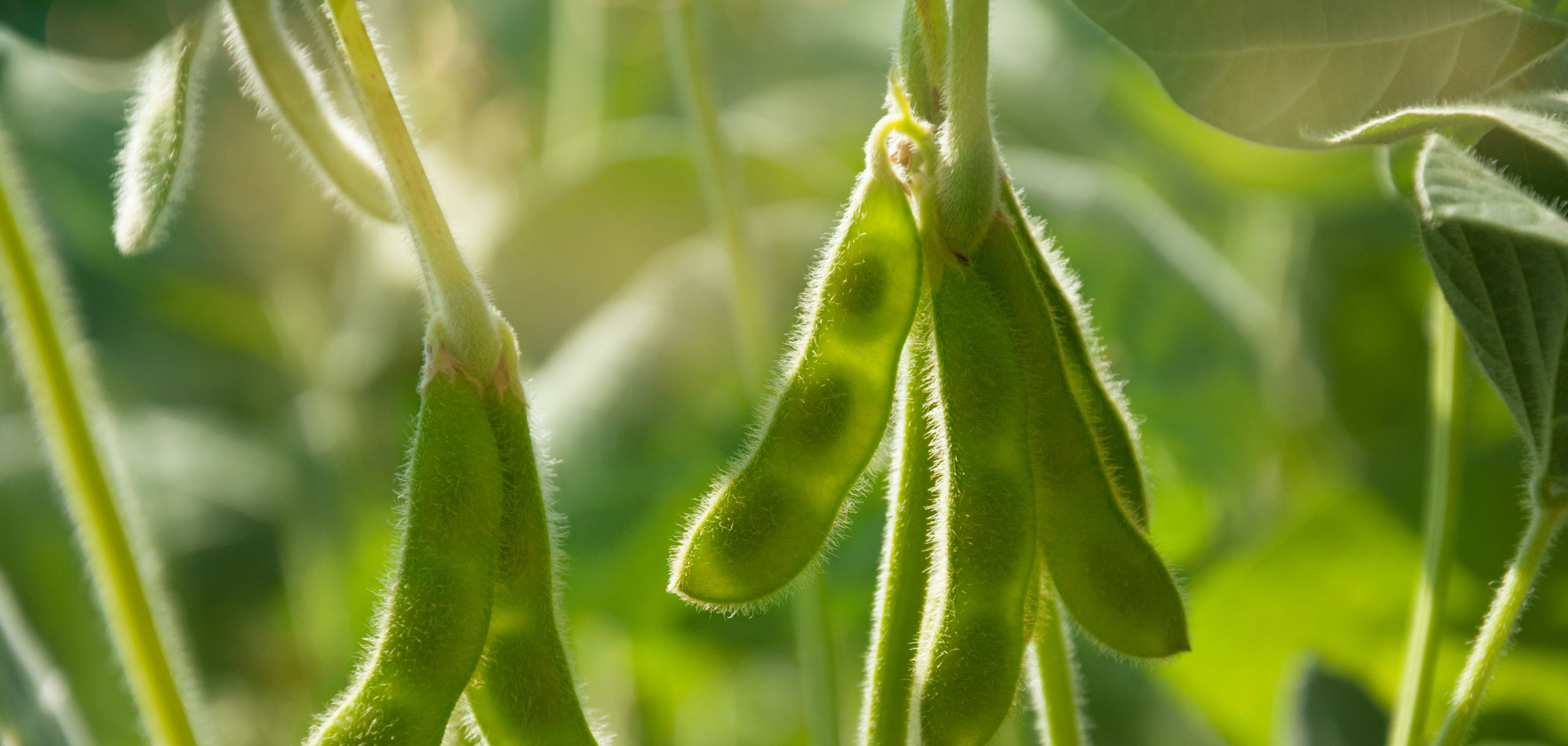
Aquacultural production of trout and salmon, collectively referred to as salmonids, is one of the largest global aquaculture industries and currently uses a disproportionately high amount of fish meal in dietary formulations. Sustainable production and growth in salmonid culture demands identification of alternative high-protein feed ingredients. The chemical composition of soy protein concentrate (SPC) suggests it has potential has an ingredient in diets fed to salmonids. There have been over 30 published studies of SPC use in diets for rainbow trout and Atlantic salmon. The data indicate small trout and salmon are more sensitive to SPC inclusion in diets than larger fish. SPC can provide up to 50% of the dietary crude protein in diets for small fish. Fish meal can be completely replaced in diets for larger fish. Results from digestibility studies indicate high nutrient availability from SPC. Methionine supplementation appears necessary for salmonids and taurine supplementation was recently identified as beneficial in SPC-based diets for trout. The form of phosphorus in SPC remains problematic, but incorporation of phytase or pretreatment of SPC with phytase improved phosphorus availability. Sensory characteristics of salmonid fillets fed SPC have been lighter in color than those from fish fed fish meal, but texture and flavor have not been adversely impacted. Several dietary formulations are available that have been tested in the target species. Ingredient cost hampered use of SPC in the 1990’s and remains an issue in the 21st century. However, given the escalating price of fish meal and demand for that commodity, use of SPC in salmonid diets appears promising.